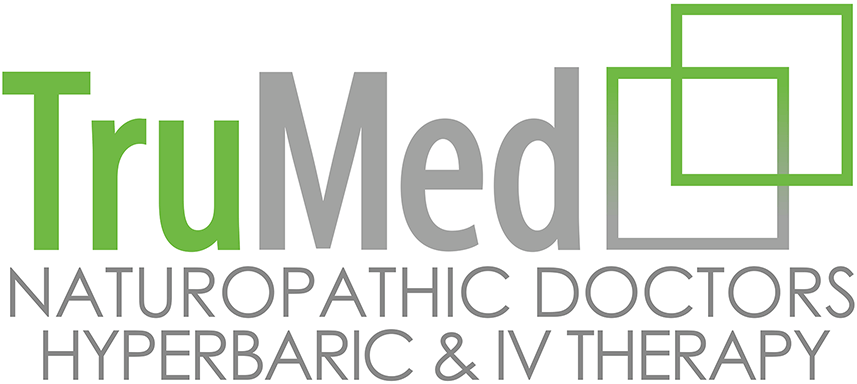Hyperbaric Chambers & Neurological DiseaseHyperbaric Therapy has a wealth of data in Neurology
|
|||||
Background: The most important metabolic effects of HBO are on the Central Nervous System. The brain has unusually high resting energy requirements, which can only be met by oxidative breakdown of substrate. Cerebral metabolism is closely tied to blood flow. The brain, although it makes up only 2% of the body weight, consumes 20% of the oxygen taken in. Furthermore, the brain cannot store oxygen and therefore cannot tolerate being without oxygen for more than a few minutes. We added Hyperbaric Chambers to the offerings of our Edmonton office primarily to supersede these challenges and enhance our ability to treat Neurological Disease. Hyperbaric Effects in Neurology• Improvement of microcirculation (via angiogenesis)• Preservation of damaged tissue (rendered inactive by ischemia/hypoxia).
• Improvement of cerebral metabolism• Increasing mitochondrial function• Stem cell mobilizationIn animal models, HBO increases the expression of Sirt1, Nrf2, and superoxide dismutase for modulating inflammation and promoting longevity.
It is mention worthy that what sets Hyperbaric Oxygen Chambers apart from other Naturopathic therapies is that the changes induced by HBO are anatomical changes to the nervous system - that is they are not transient. These effects are unique to Hyperbaric Chambers; no other Naturopathic therapies we offer at our Edmonton clinic are able to replicate these effects. Cognitive FunctionA meta-analysis by You 2019 looked at twenty-five randomized clinical trials involving 1,954 patients and looked at Hyperbaric Chamber Treatment along with nootropic medications. The results indicated that additional HBOT strikingly improved the Mini-Mental State Examination and activities of daily living. The authors concluded "the present meta-analysis suggested that HBOT can be recommended as an effective and safe complementary therapy for the treatment of Vascular Dementia." Xu 2019 looked at 158 patients with Vascular Dementia which were randomly divided into control group and Hyperbaric groups. Hyperbaric Oxygen was given 5 days per week, 60 min for each session at 2.0 ATA for 12 weeks. After treatment, compared with the control group, the MMSE scores were significantly increased. The authors concluded "HBO therapy can improve cognitive function in patients with VD, and its mechanism may be related to elevated serum Humanin levels." In Naturopathic medicine many cognitive enhancers or "nootropics" exist. Some of our Naturopathic Doctors' favorites include Huperzine from Chinese club moss Huperzia serrata, which acts as a cholinesterase inhibitor which we use in conjunction with Hyperbaric Oxygen at our Edmonton office. Alzheimer'sHarch 2018 discusses a case report of a 58-year-old female was diagnosed with Alzheimer's dementia which was rapidly progressive in the 8 months prior to treatment. She received 40 treatments of Hyperbaric Oxygen. After 21 treatments the patient reported increased energy, activity, mood, and performance of activities of daily living. After 40 treatments, she reported increased memory, concentration, sleep, conversation, appetite, ability to use the computer, resolved anxiety, and decreased disorientation and frustration. PET scans showed up to a 38% increase in brain metabolism, including typical Alzheimer brain areas. Dr. Dale Bredesen has published some excellent literature on Functional and Naturopathic medicine approaches to Alzheimer's. Termed "ReCODE" – reversal of cognitive decline – a protocol that has reversed symptoms in patients with mild cognitive impairment and Alzheimer’s disease. The Naturopathic Doctors at our Edmonton office use Acetyl-L-Carnitine, CoQ10 and NAD+ as well as Ginkgo biloba which are all strongly synergistic with Hyperbaric Chambers for improving mitochondrial function and blood flow in this population. Parkinson'sNeretin (1989) looked at Hyperbaric Chamber therapy for the treatment of 64 patients suffering from Parkinsonism. Hyperkinesia, bradykinesia, and muscle rigidity, can develop with brain lesions of varied etiology. Hyperbaric Oxygen was given daily for 8-12 treatments between 1.3 and 2.0 atm for 40-60 minutes with nootropic medications. Beneficial effects were seen 55/64 patients (86%). Xu 2018 published a case report - a 45-year-old male Parkinson's patient with severe depression and anxiety that refused to be treated with mood modifying therapies. Two 40 minute Hyperbaric Chamber sessions were used daily at 2.0 ATA for 30 days Mood, as well as the resting tremor and bradykinesia improved significantly.
Intravenous Glutathione Therapy is a favorite of our Naturopathic Doctors for Parkinson's at our Edmonton clinic in addition to Hyperbaric Oxygen.
|
|||||

